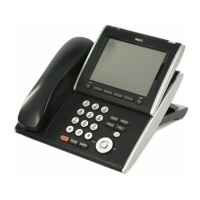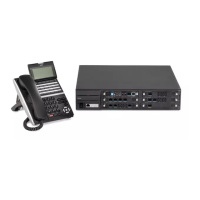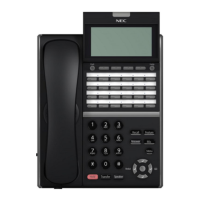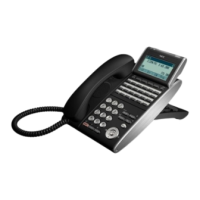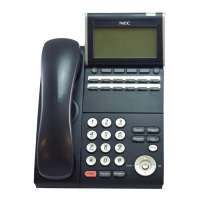Issue 2.0
8-44 IP Multiline Station (SIP)
9. Press 2 on the dial pad for SIP (Signaling packets), enter the hexadecimal
value, and then press the OK soft key.
10. If no more changes are to be made, press the Exit soft key three times, and
then press the Save soft key. The phone reboots.
15.5 Bandwidth
The bandwidth required for VoIP calls depends on the following factors.
Layer 2 media
CODEC
Packet Size
RTP Header Compression
Voice Activity Detection (VAD)
Number of simultaneous calls
Possibly add encryption after research.
Layer 2 media is concerned with moving data across the physical links in the
network. A few of the most common layer 2 media types are Ethernet, PPP, and
Frame Relay.
CODEC stands for Coder/Decoder and is the conversion of the TDM signal into
an IP signal and vice versa. A CODEC can also compress/decompress the voice
payload to save on bandwidth.
Packet Size is the amount of audio in each PDU (protocol data unit) measured in
milliseconds. The larger the packet the less bandwidth used. This is because
sending larger packets (more milliseconds of voice) requires, overall, less packets
to be sent. The downside of this practice is if a packet is dropped/lost a larger
piece of voice is missing from the conversation as the system waits the additional
delay for the next packet arrival.
RTP Header Compression compacts the RTP header from 40 bytes in size to 2
~ 4 Bytes in size. RTP header compression is used only on low speed links.
Regularly on every voice packet there is an IP/UDP/RTP header that is 40 bytes
in length. Compressing this header, down to 2 ~ 4 bytes, can save a considerable
amount of bandwidth. The following is an example of a VoIP packet without RTP
header compression and one of a packet with RTP header compression.
Notice that the overall packet size, when using RTP header compression, is
considerably smaller.
VoIP packet without RTP header compression
IP Header
20 bytes
UDP Header
8 Bytes
RTP Header
12 bytes
VOICE PAYLOAD
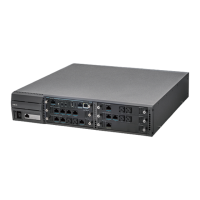
